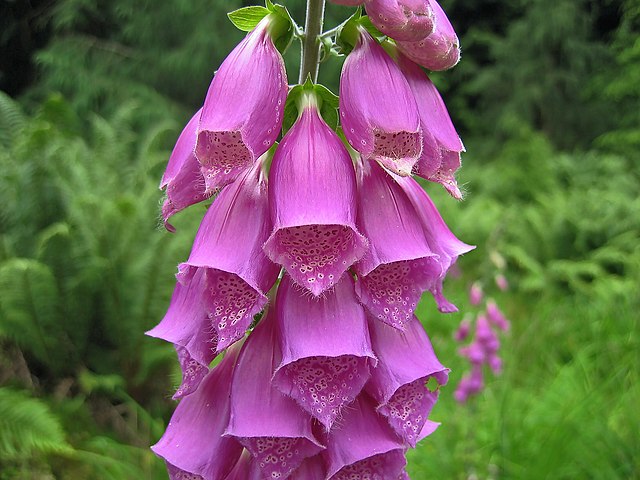
The Medicinal Properties Of Plants
How Plants Have Aided Us Down The Ages
Mankind has sought to harness the healing power of plants for millennia, if not since the dawn of our existence. The oldest evidence for medicinal plant usage was from over 5,000 years ago, written in Sumerian clay from Nagpur, India. Through the ages, we have learned that certain plants can provide us with the vital ingredients for medicines and treatments, and how they do so. Many plants grown today were originally chosen for their medicinal properties as part of a physic or herbal garden.
History Of Herbal Remedies
During the 1700s, medicinal plants were collected or ‘simpled’ from the wild to create tonics, oils and ointments and were documented in botanical encyclopaedias called herbals. These books were often unstructured when they were first produced, but with the development of printing technology, depictions became more accurate and reliable. There was very little scientific basis for herbal usage during this time, and reliance was heavily made on observations, traditional beliefs, religion and folklore – linking the physical appearance of a plant to a human body part for example, was not an uncommon method of reasoning for treatment.
Science Behind Plant Medicine
Many medicinal plants are effective due to their bioactive compounds such as alkaloids, flavonoids, phenols and saponins. These substances are often used by the plant for their own survival but when consumed, have pharmacological effects such as acting as an anti-inflammatory, antioxidant or antimicrobial. Once the mechanisms behind these bioactive compounds have been understood, they can be extracted for the production of medicinal drugs. For example, morphine is created from opium extracted from poppy seeds, while aspirin is synthesised from salicylic acid extracted from willow bark. Some ingredients such as Digoxin can only be sourced from plants such as foxgloves and cannot be artificially synthesised.
The Future Of Medicine
One area that medicinal plants are helping us is in the battle against malaria. Many medicines used contain the plant-based compounds Quinine (extracted from the fever tree) and artemisinin (extracted from wormwood). Unfortunately, anti-malarial drug resistance to these compounds is becoming a growing problem in tropical regions.
A survey published by Kew Gardens sought to identify the traditional plants used by indigenous people of Latin America to combat malaria and identified over 1,000 plants, with many not scientifically tested against the malaria parasite. They discovered that many of these plants were grouped closely together in the Tree of Life (a plant family tree) and speculated on other, similar plants which had not yet been identified. Locals may not have had access to these plants because they were only found in other countries.
The medicinal properties of plants have been important to our ancestors throughout history and will continue to contribute towards the future of modern medicine. However, with so much biodiversity lost each year, thousands of plants and their potential drug use vanish from existence on a regular basis. As we continue to discover new natural bioactive compounds and their medicinal applications, we must continue to protect our natural environments to safeguard future medical breakthroughs.
If you are interested in studying a Science subject, Oxford Open Learning offer several at a variety of levels, listed below. You can also Contact Us.